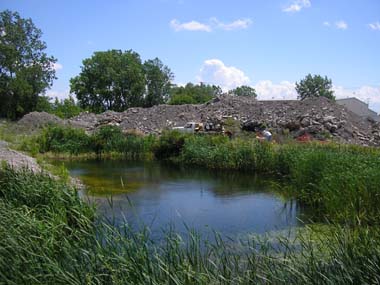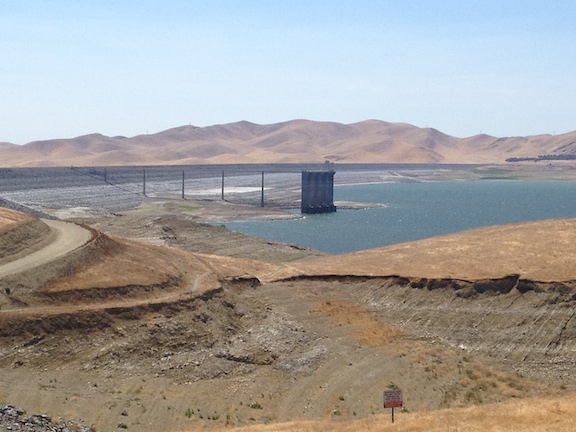Making good decisions – Getting results During the recent drought, Californians were called to reevaluate how we use, manage, and share water to get through the crisis. Farmers received only small fractions of the surface water they needed to grow food, and strident mandatory cuts were imposed on our cities, forcing us all to ask how to […]
State Water Resources Control Board could cost California’s agricultural economy $4.5 billion
Farmers throughout the Central Valley have been working hard and assuming huge personal risks in support of the Sacramento River Temperature Management Plan to protect salmon and still provide water to their farms. “Hundreds of millions of dollars worth of water is being loaned to the United States Bureau of Reclamation, National Marine Fisheries Service, […]
SWRCB staff rejects urgent request for water
SWRCB staff rejects urgent request for water Despite concurrence among five State and federal agencies, a single State employee reversed a plan that would have delivered desperately needed water to most of drought-parched California. The decision is currently costing California water users about 2,000 acre-feet of water per day. A decision yesterday afternoon by State […]

